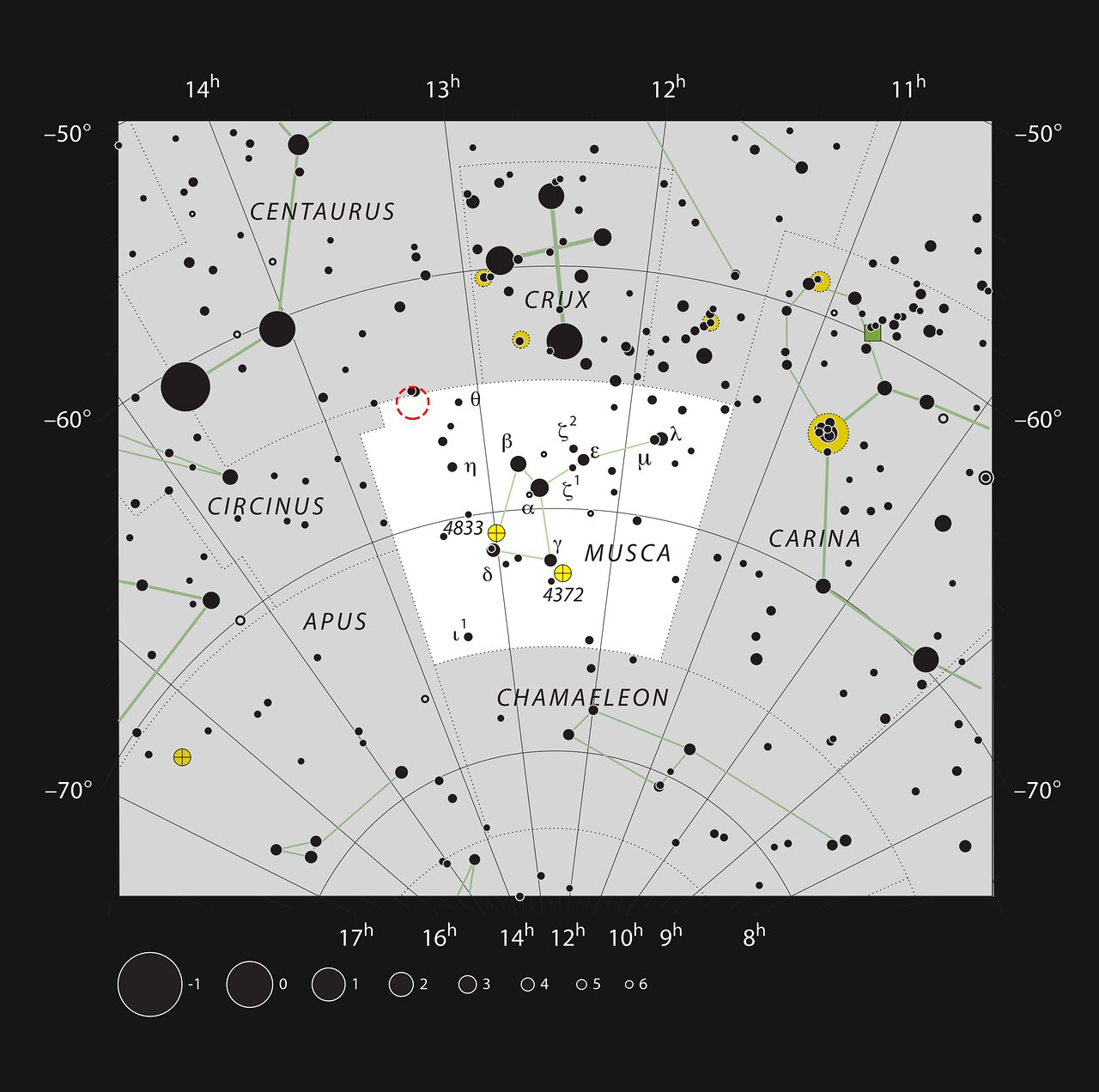Emergent Planets in the Immensity of the Universe
"Even though astronomers have indirectly detected thousands of planets in our galaxy, only a tiny fraction of these exoplanets have been directly imaged."
"Direct observations are important in the search for environments that can support life."
Matthew Kenworthy, Associate Professor, Leiden University
"This discovery is a snapshot of an environment that is very similar to our Solar System, but at a much earlier stage of its evolution."
"The possibility that future instruments, such as those available on the ELT, will be able to detect even lower-mass planets around this star marks an important milestone in understanding multi-planet systems, with potential implications for the history of our own Solar System."
Alexander Bohn, PhD student, Leiden University, Netherlands
"These multi-planet systems are intriguing laboratories to study dynamical interactions and scattering events between several planetary-mass companions, which is crucial for understanding the formation and dynamical evolution of planetary systems."
Paper, The Astrophysical Journal Letters
 |
| First ever image of a multi-planet system around a Sun-like star ESO/Bohn et al |
As time lines go, that can be compared to our Sun, which is estimated to be four billion years old. Two other such systems have previously been discovered; one having four giant planets, another with two "accreting protoplanets". Witnessing their orbits through telescopes capable of removing surrounding starlight has afforded a rare opportunity to test prevailing theories of planetary formation dynamics. What this also holds out promise for in allied observations and research is the potential to explain the origin of Earth itself, thought to have been created from a whirling dust disc in solar orbit which over endless time absorbed infalling asteroid masses.
It is also hypothesized that another planet called Theia collided with the infant Earth knocking its centre off orbit by 23 degrees and in the process creating the Moon as rock splashed upward, expressing the sheer dynamic force of the collision. Theia's fate was sealed when most of it shattered and clung to Earth's orbit which absorbed its shattered mass within its own. The process revealed by this new telescopic sighting has presented researchers with an opportunity to observe the formative stages of a planet, an event never before seen.
A subtle "twist" where two spirals intersect to become a whirling disc of dust and gas orbiting around a young star titled AB Aurigae, located 520 light years' distance from Earth, was detected by the four linked mirrors of the Very Large Telescope, in a constellation identified as The Charioteer. Theory has it that the cosmic maelstrom birthing a future planet coalesced into an expanding mass that attracted other orbiting masses -- attaining sufficient gravity over the eons to become a spherical planet.
Publication of this new research from the VLT illustrating the first images ever seen of a pair of immature twin planets -- two gas giants -- in distant orbit around a young star, represents the first time such a celestial event has been directly imaged, ever. Both these exoplanets are larger than gas giants Jupiter or Saturn, in our own Solar System. They orbit the star called TYC 8998-760-1 at a distance far greater than Jupiter and Saturn orbit our own Sun, at 150 and 320 times the distance between Earth and the Sun, in comparison to about five and ten times for Jupiter and Saturn; both as well six and 14 times a greater mass than that of Jupiter.

Labels: Astronomy, Chile, Emergent Planets, Research, Science, Very Large Telescope

0 Comments:
Post a Comment
<< Home